The Nordic Institute for Interoperability Solutions (NIIS) did a survey regarding REST support for the X-Road. The results don’t leave any room for doubts – 93 % of the participants want the X-Road to support REST. Only 7 % of the participants are not interested in REST at all. The X-Road community has spoken.
About the survey
The survey was open from 19th March till 13th April and it was promoted through different social media channels of the NIIS. In addition, all the Estonian X-tee members and Finnish Suomi.fi Data Exchange Layer (Suomi.fi-palveluväylä) members were invited to answer the questions. The survey collected 75 responses of which 32 are from the Suomi.fi Data Exchange Layer members, 24 are from the X-tee members and 19 are from other parties interested in the X-Road.
Image 1. Participants background.
Summary
One thing is sure – the answers show without a doubt that REST support is wanted by the X-Road community. According to the majority of the participants it’s enough to support consuming and producing services using their native implementation. It is also enough to have the service descriptions available based on the native implementation of the service – WSDL or OpenAPI specification. Automatic SOAP-REST conversion is not expected which means that if a service provider wants to provide both SOAP and REST versions of the same service the provider must implement both versions.
In many questions the differences between answers are not big and it must be also considered that part of the participants did not express their opinion. If all the “I don’t know / I’m not sure” answers were added to the answer that came second, the first and the second answer would be even. This does not change the fact that REST is wanted, but it has an effect on the level of the support that is expected. On the other, if all the “I don’t know / I’m not sure” answers were added to the answer that came first, the difference would be even clearer than it is now.
It is also worth noting that more than half (61 %) of the participants is interested in how the X-Road handles SOAP and REST messages internally. In addition, the information also effects on their decisions when planning how to integrate their services. Based on this it is not indifferent how the REST support is implemented.
Results
The questions and their answers are presented below.
Image 2. Would you like to consume or produce REST services through X-Road?
Image 3. What type of REST services (CRUD) you would like to consume or produce?
Image 4. Should all the services be available using both SOAP and REST regardless of their native implementation?
Image 5. Should all the service descriptions be available in WSDL (SOAP) and OpenAPI specification (REST) regardless of the native implementation?
Image 6. Are you interested in the details how X-Road handles SOAP and REST messages internally?
Image 7. Should REST version of a SOAP service and SOAP version of a REST service be automatically provided by X-Road?
What next?
The survey provided more insight regarding expectations for the X-Road REST support and the results serve as a great input for the next phase of planning.
The NIIS will organize an X-Road REST workshop in Tallinn in May. The workshop is targeted for the participants of the survey who expressed their interest towards the workshop and left their contact information when they completed the survey. More information regarding the REST support and the outcome of the workshop will be available in May. The road towards REST will continue.













